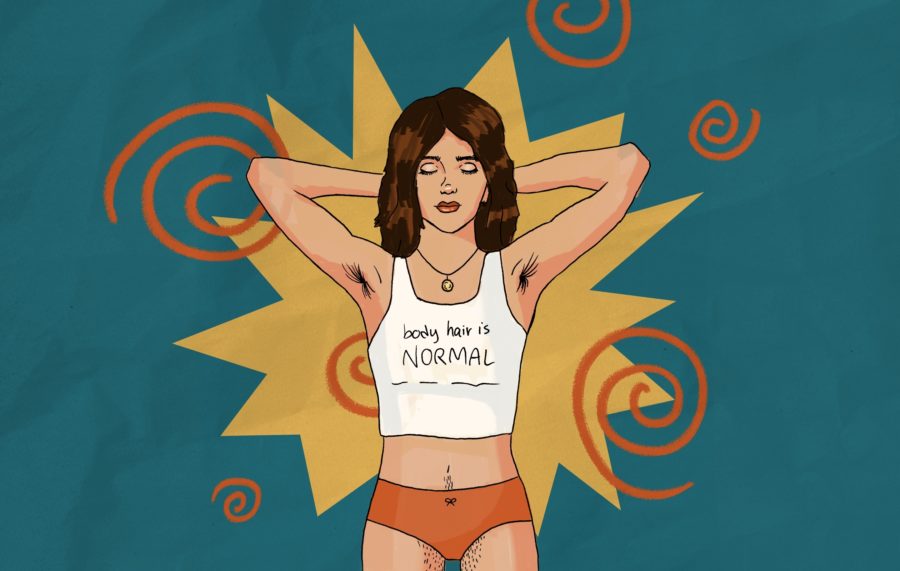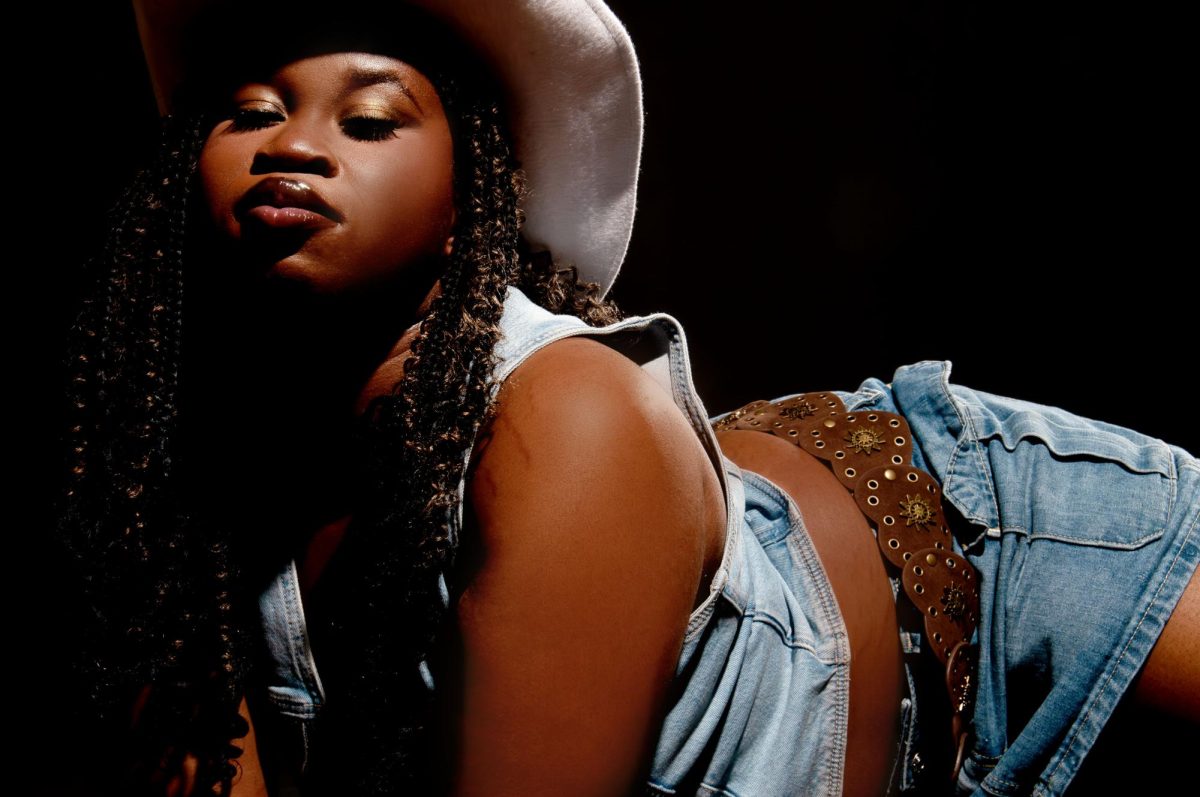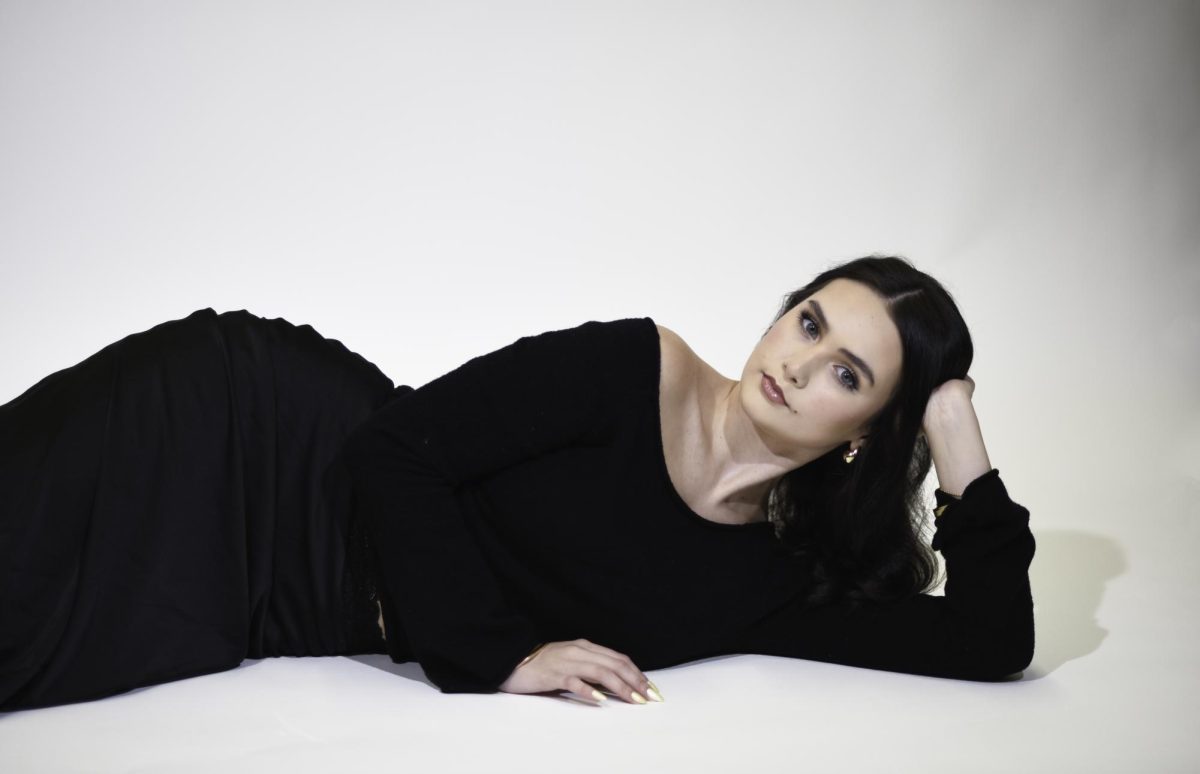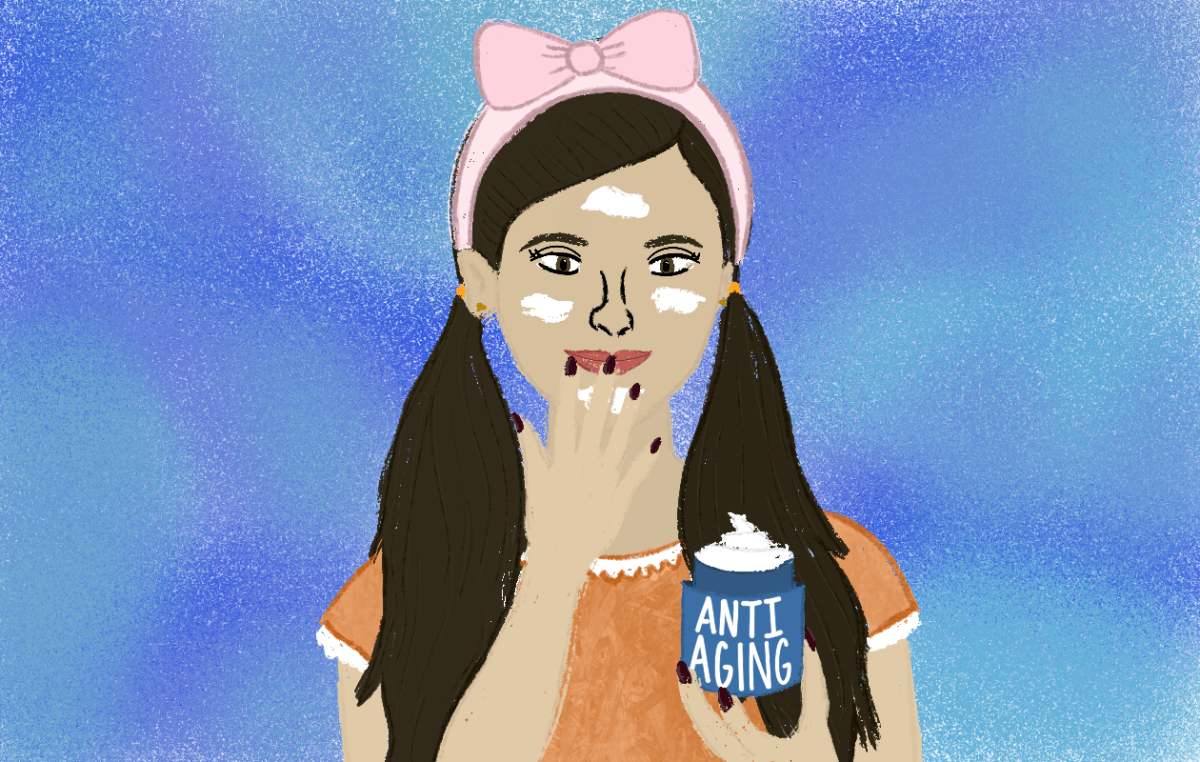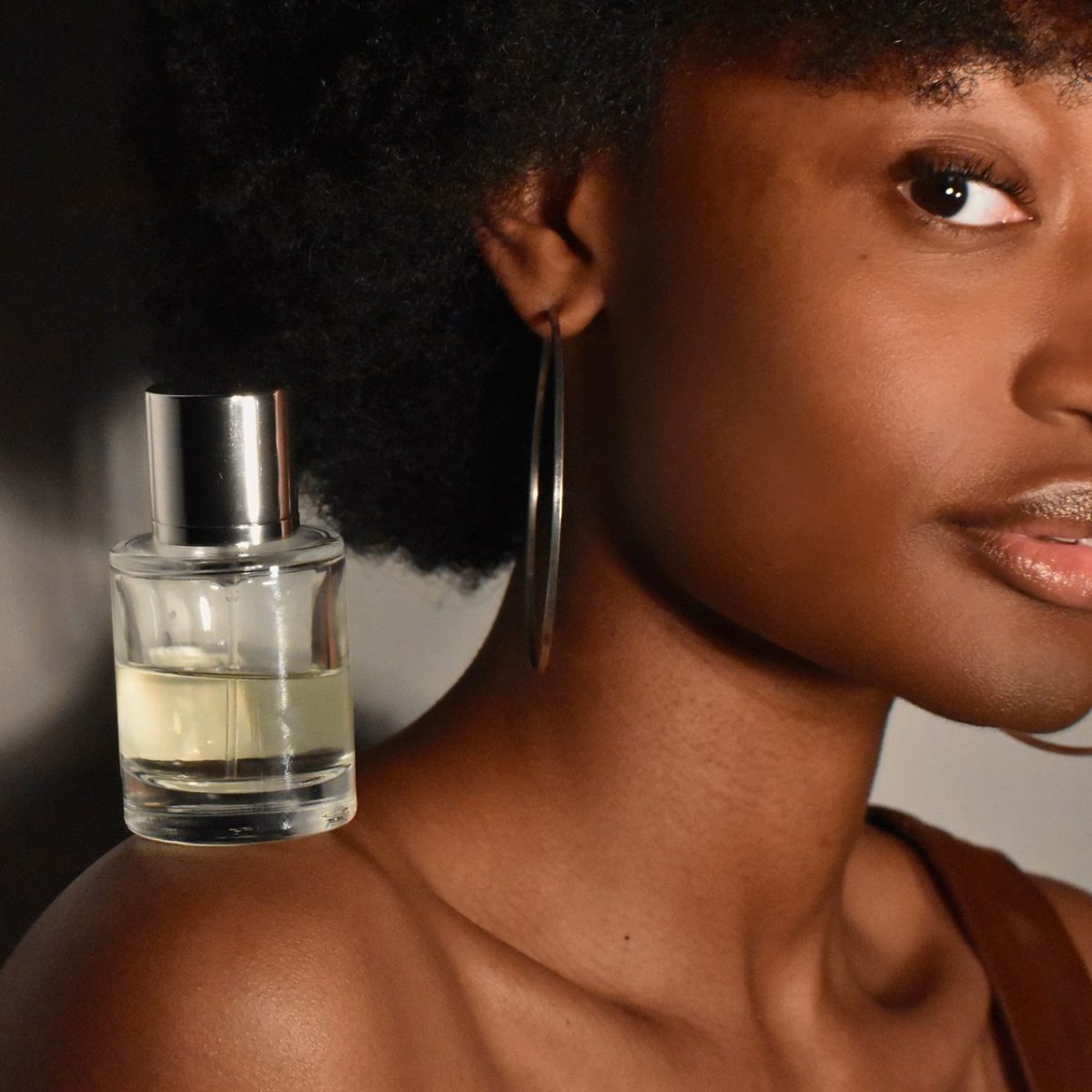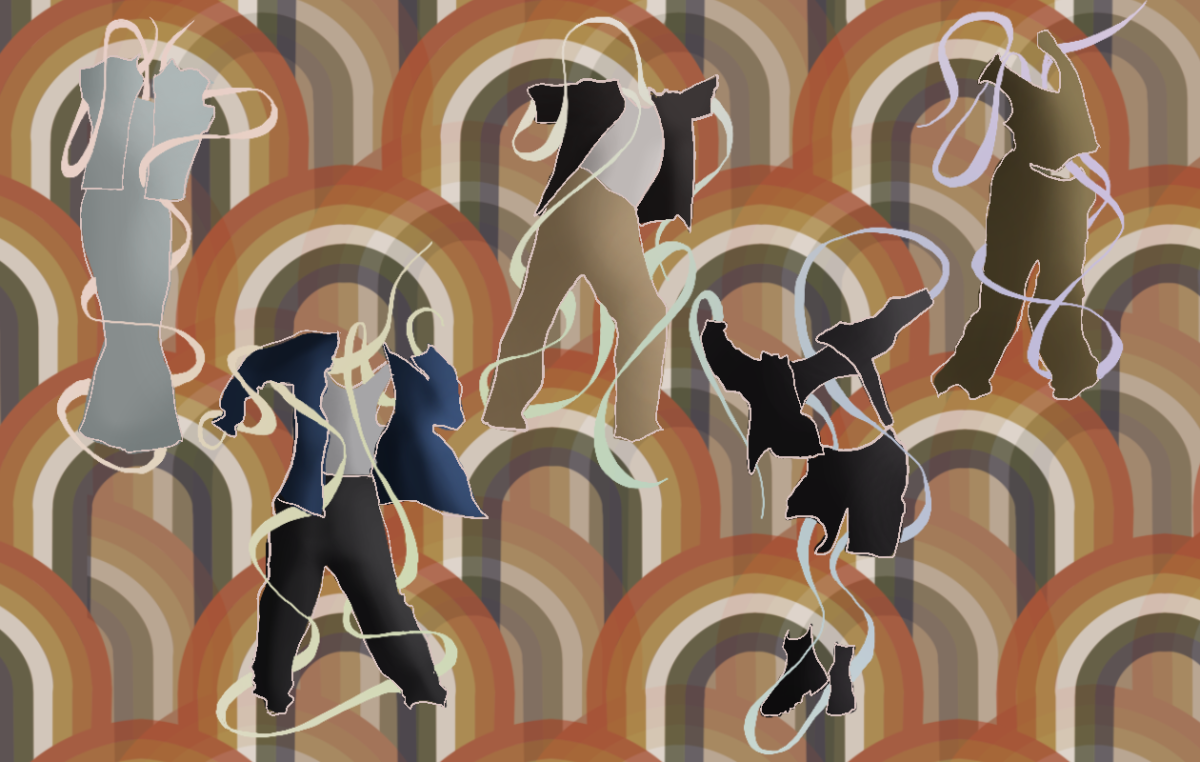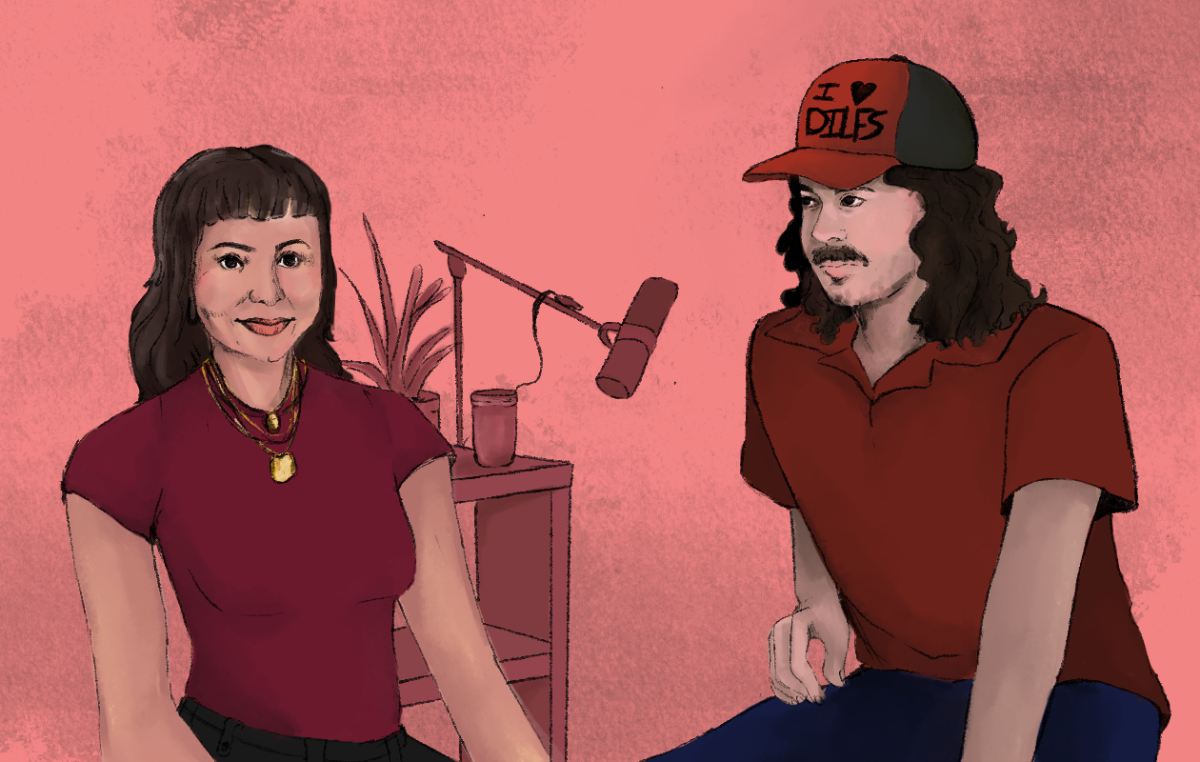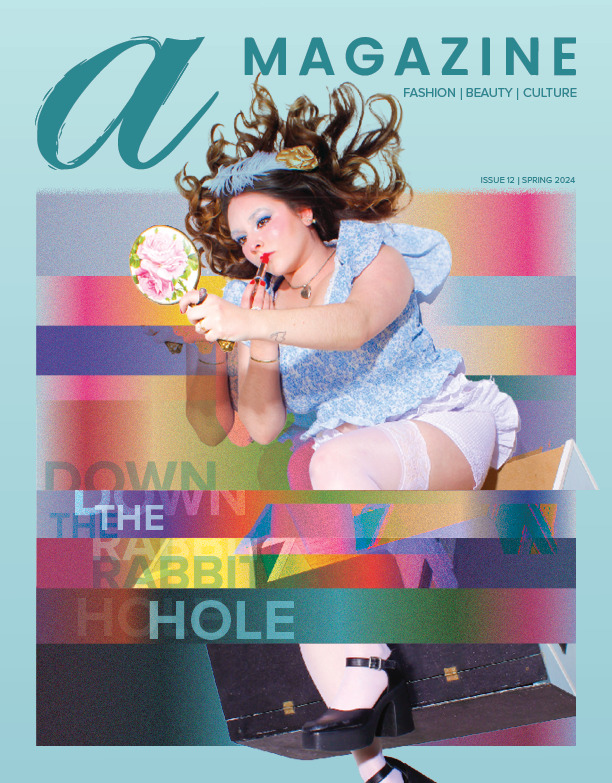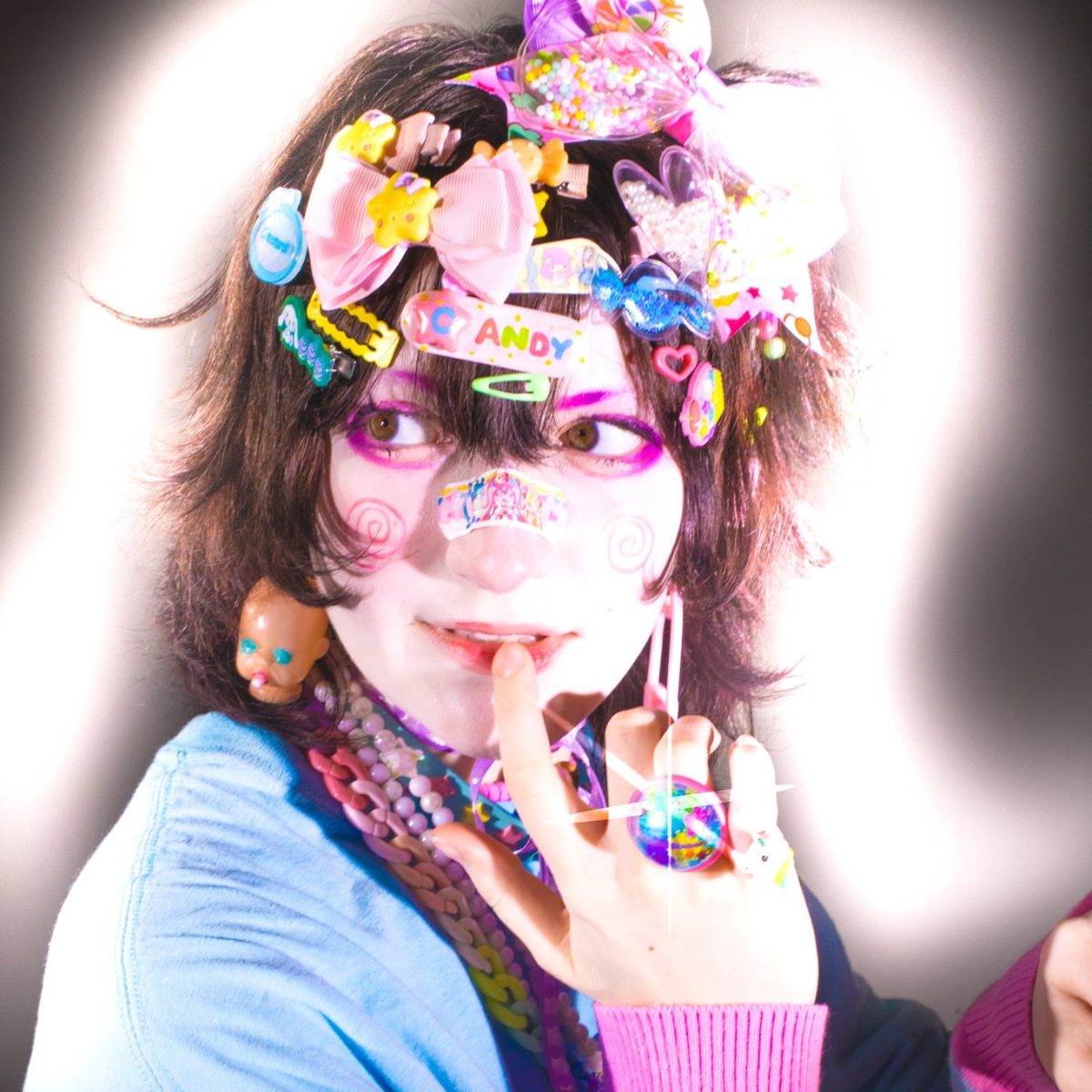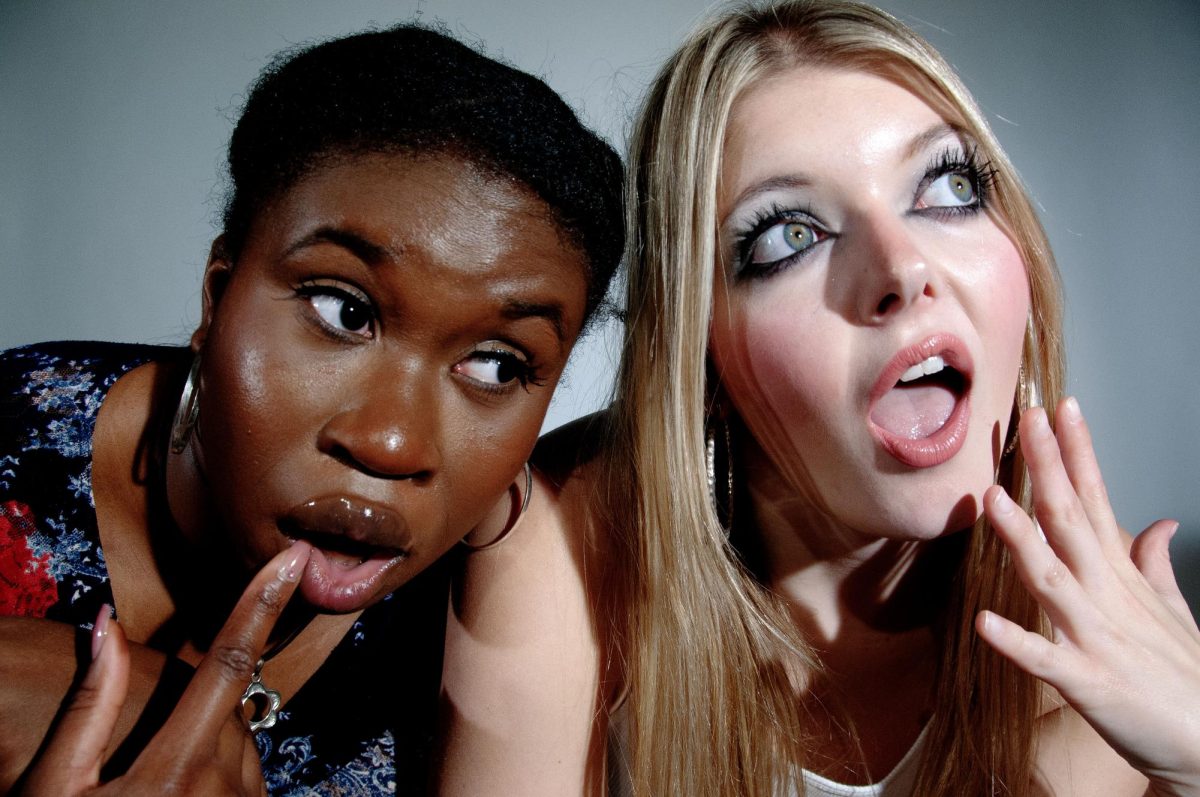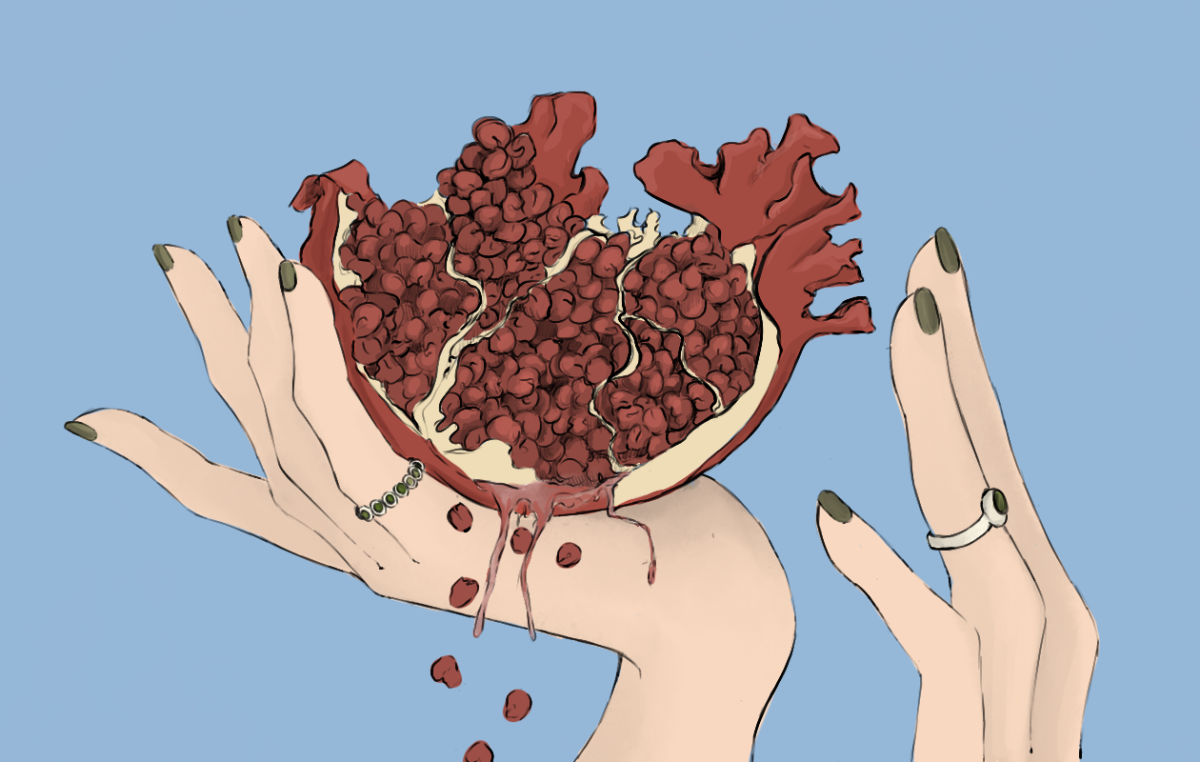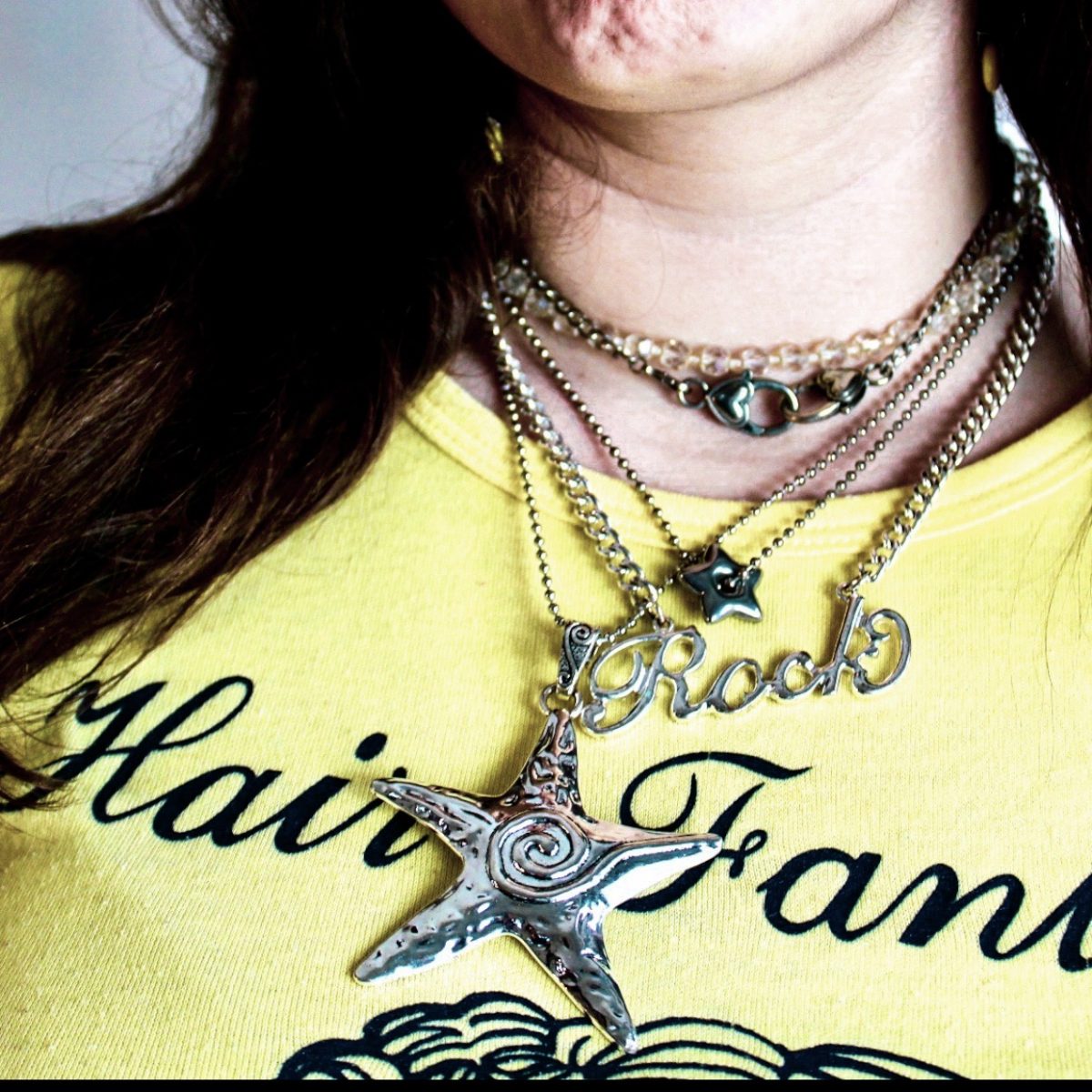To shave or not to shave: that is the question. Female body hair has recently become more acceptable in light of many body positive movements, although a long history of sexism and strict beauty standards still loom over many women.
Women are expected to be hairless with silky smooth skin, but that is simply not the case. We are humans who grow hair everywhere. Nonetheless, female body hair is viewed as unhygienic, unnatural and dirty.
These conceptions are nothing new. They are deeply ingrained in history, dating back to ancient Egypt. Women used seashells and sugar based waxes to get rid of their body hair. Many ancient civilizations saw body hair as a marker of one’s class, which meant the less body hair someone had, the higher their status.
This view of body hair, particularly female body hair, has largely persisted throughout history as women were expected to conform to the hairless aesthetic. While different cultures and time periods have influenced and altered these attitudes, images of hairless women often are frequently seen as the epitome of beauty. Everything from Renaissance paintings to Hollywood blockbusters show this beauty standard, but things are starting to change.
In the 60s and 70s, body hair became less taboo and even a staple of the time period. What do you think of when you think of the 60s and 70s? Hair. Lots and lots of hair. Social change was also prominent during these decades which inspired women to make a statement by refusing to conform to traditional standards and stop shaving.
While the previous no-shave movement did not become mainstream, it has recently reignited as many celebrities have shown off their body hair. Stars such as Miley Cyrus, Madonna, Halsey, Julia Roberts and many more have all sported hairy armpits, and they all received some form of backlash for it.
The recent body positive movement which seeks to celebrate all body types has also recognized and embraced female body hair. The conversation surrounding female body hair has become less stigmatized because of this movement, and some women are even ditching their razors completely.
Some razor companies have taken note of this body positive movement and tried to respond to its message. For example, in 2018, Billie was the first company to show female body hair in their razor advertisements. Most razor commercials show women shaving already bare skin, but Billie shows real women with real hair.
By refusing to shave, female body hair is often perceived as a political statement or part of a “feminist agenda,” however, female body hair is exactly that: body hair. It does not have to be a political statement, it is natural and part of being human.
At the end of the day, female body hair has been stigmatized as unhygienic, yet those same claims have not been applied to male body hair. Women are expected to be hairless and smooth at all times, yet the same is not expected of men. While these beauty standards are deeply ingrained in our culture, the body positive movement has challenged traditional standards to change our perceptions.
Body hair is all about personal preference. No one should be shamed for wanting a bush or a Brazilian. If you don’t want to shave, don’t. If you do, shave away! There should not be a stigma surrounding either choice because in the end, these are our bodies and we are the only ones who get to choose what we do with them.

